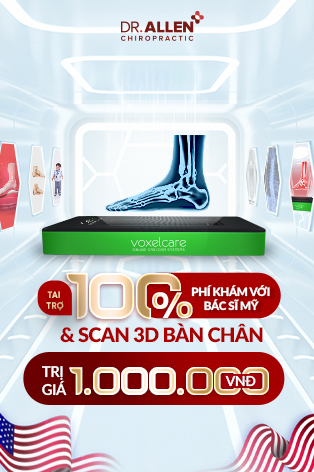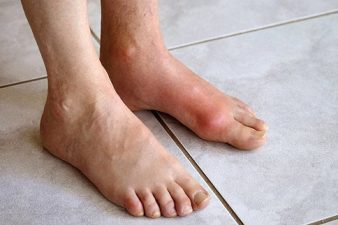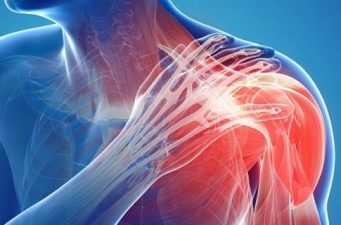Cervical spondylosis is a term many may come across but few truly understand. At its core, it is a degenerative condition affecting the bones and discs in the neck. However, the range of its presentations and impacts can be vast. Using the given keywords, let’s delve deep into the multifaceted world of cervical spondylosis.
1. Is Cervical Spondylosis a Disability?
The severity of cervical spondylosis varies. In its more extreme manifestations, it can limit a person’s ability to perform regular activities, potentially qualifying as a disability. The determination often depends on the symptoms’ intensity and how they affect daily life and work.
2. Mild Cervical Spondylosis
In its early stages or milder forms, cervical spondylosis might present with occasional stiffness or discomfort in the neck. It might not cause any major symptoms, and many may not even be aware they have it.
3. Multilevel Cervical Spondylosis
This refers to degenerative changes that occur at multiple levels of the cervical spine. It can be more complicated than single-level spondylosis and may present with varied symptoms.
4. Cervical Spondylosis with Myelopathy
“Myelopathy” refers to spinal cord involvement. When cervical spondylosis affects the spinal cord, symptoms can include balance problems, difficulty walking, and even issues with fine motor skills.
5. Cervical Spondylosis with Radiculopathy
“Radiculopathy” pertains to nerve root involvement. This can cause symptoms like sharp pain radiating down the arm, numbness, and tingling.
6. Cervical and Lumbar Spondylosis
While cervical spondylosis affects the neck region, lumbar spondylosis involves the lower back. Some individuals may have degenerative changes in both areas, leading to a combination of neck and back symptoms.
7. Cervical Spondylosis Symptoms
Common symptoms include neck pain and stiffness. However, as mentioned earlier, depending on the involvement, one might also experience headaches, dizziness, and even symptoms in the arms or legs.
8. Cervical Spondylosis Dizziness and Headache
These symptoms can arise due to compromised blood flow or irritation of certain nerves. The connection between the neck and certain neurological pathways can sometimes result in these manifestations.
9. Cervical Spondylosis Pain Areas
Pain can be localized to the neck or radiate to the shoulders, arms, or even the upper chest.
10. Causes and Risk Factors
Age is a primary factor. However, other elements like genetics, previous neck injuries, and occupations requiring repetitive neck motions can predispose individuals to this condition.
11. Can Cervical Spondylosis Cause Tinnitus?
While not a direct cause, some individuals with cervical spondylosis report tinnitus (ringing in the ears). The exact connection remains a topic of research.
12. Spondylosis C5 C6
This specifies that the degenerative changes are occurring at the C5 and C6 vertebrae levels, a common site for this condition.
In Conclusion, cervical spondylosis is more than just a degenerative neck condition. Its presentations, implications, and impacts are vast. Understanding the varied facets can help in early diagnosis, timely intervention, and more informed care for those affected by it. Always seek expert advice when it comes to health matters.










